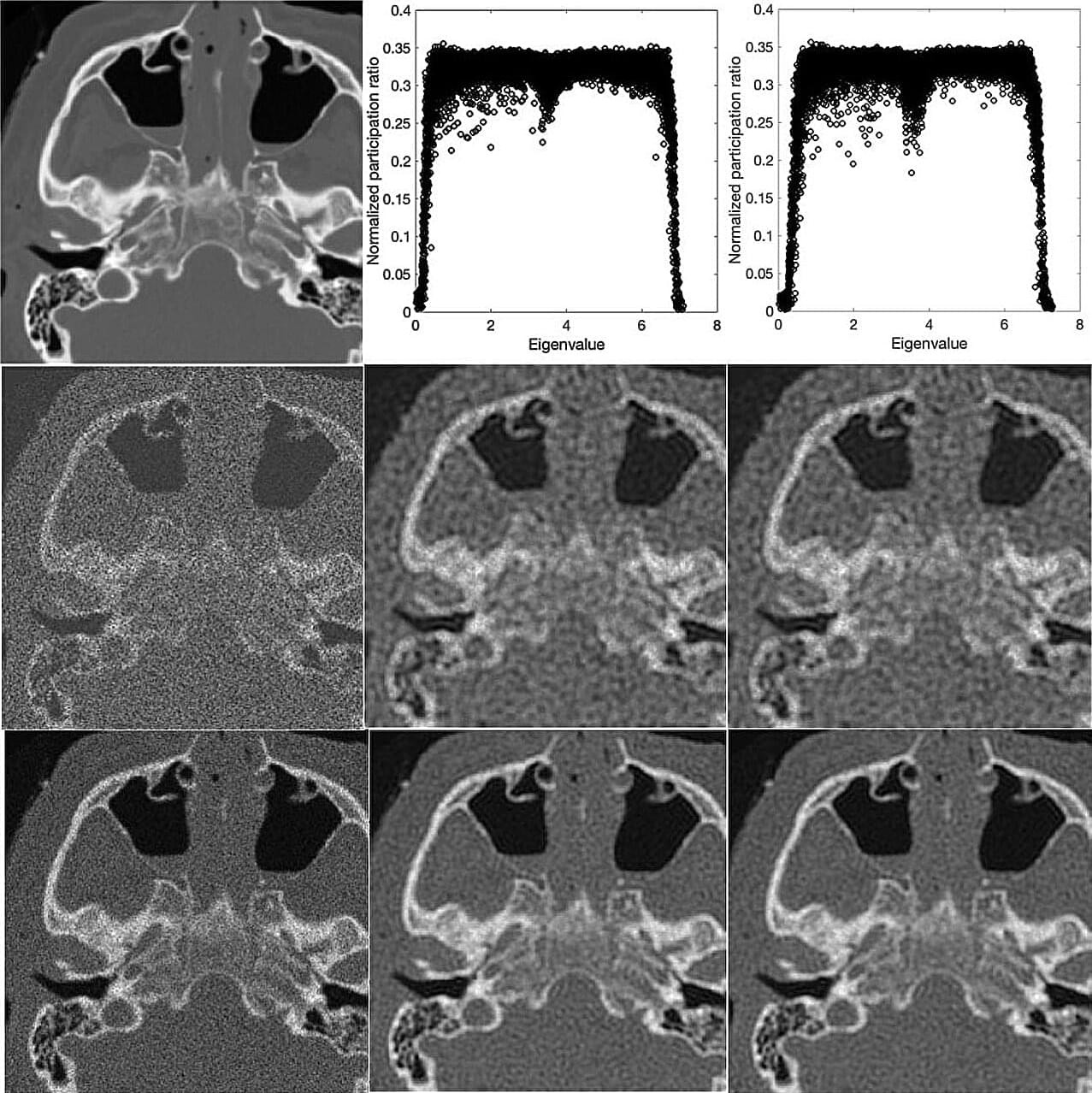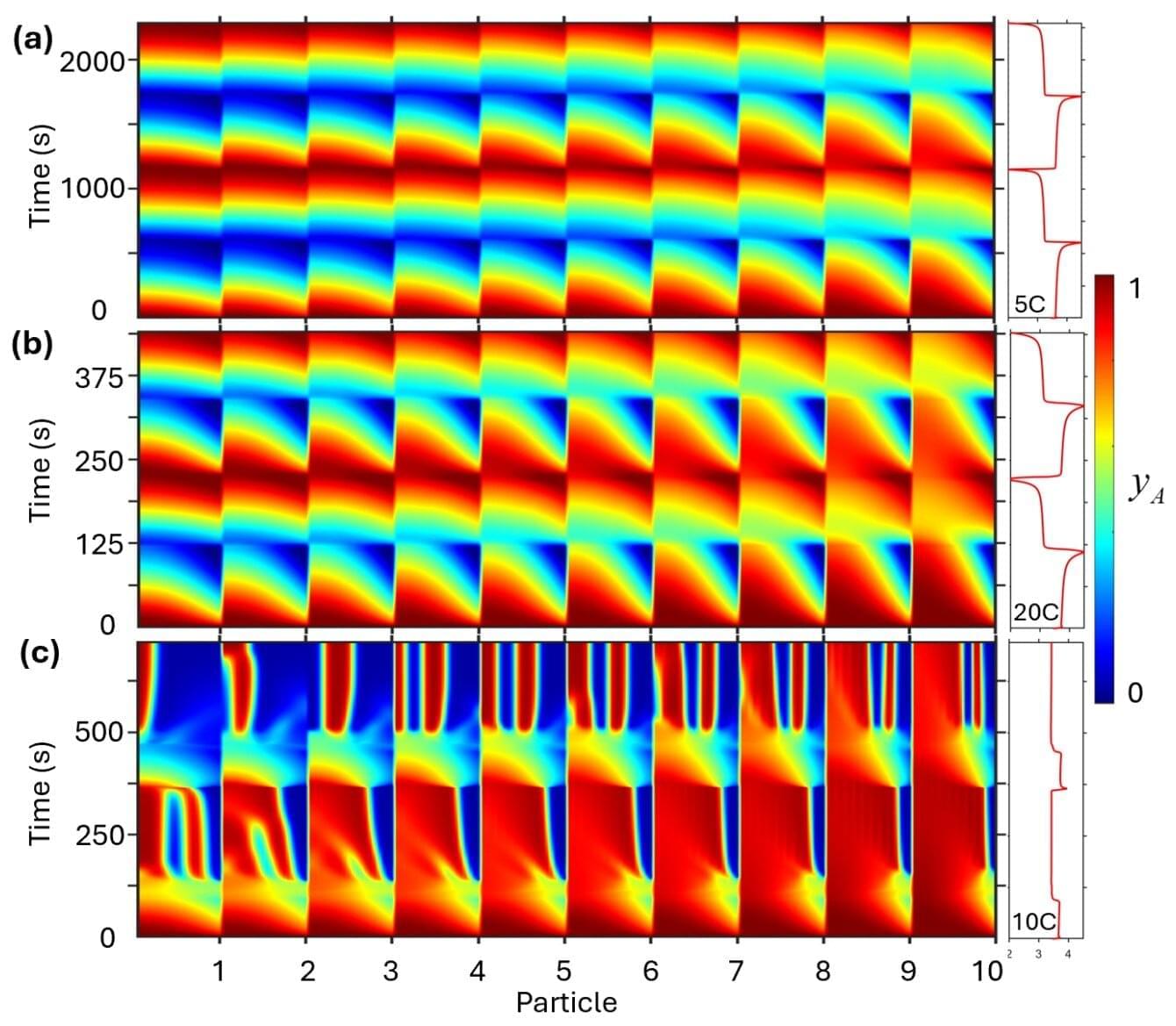Questions to inspire discussion.
🚗 Q: How will AI6 be used in Tesla vehicles? A: AI6 will be used for FSD inference, with two chips in every car, enabling advanced autonomous driving capabilities.
🤖 Q: What role will AI6 play in Optimus? A: AI6 will enable on-device learning and reinforced learning in Optimus, enhancing its AI capabilities.
🔋 Q: Will AI6 be used in other Tesla products? A: AI6 will be integrated into every edge device produced by Tesla, including Tesla Semi, Mega Pack, and security cameras.
Technical Specifications.
💻 Q: What is the architecture of AI6? A: AI6 will use a cluster model of individual chips with a software layer on top, similar to Dojo 3 for training.







